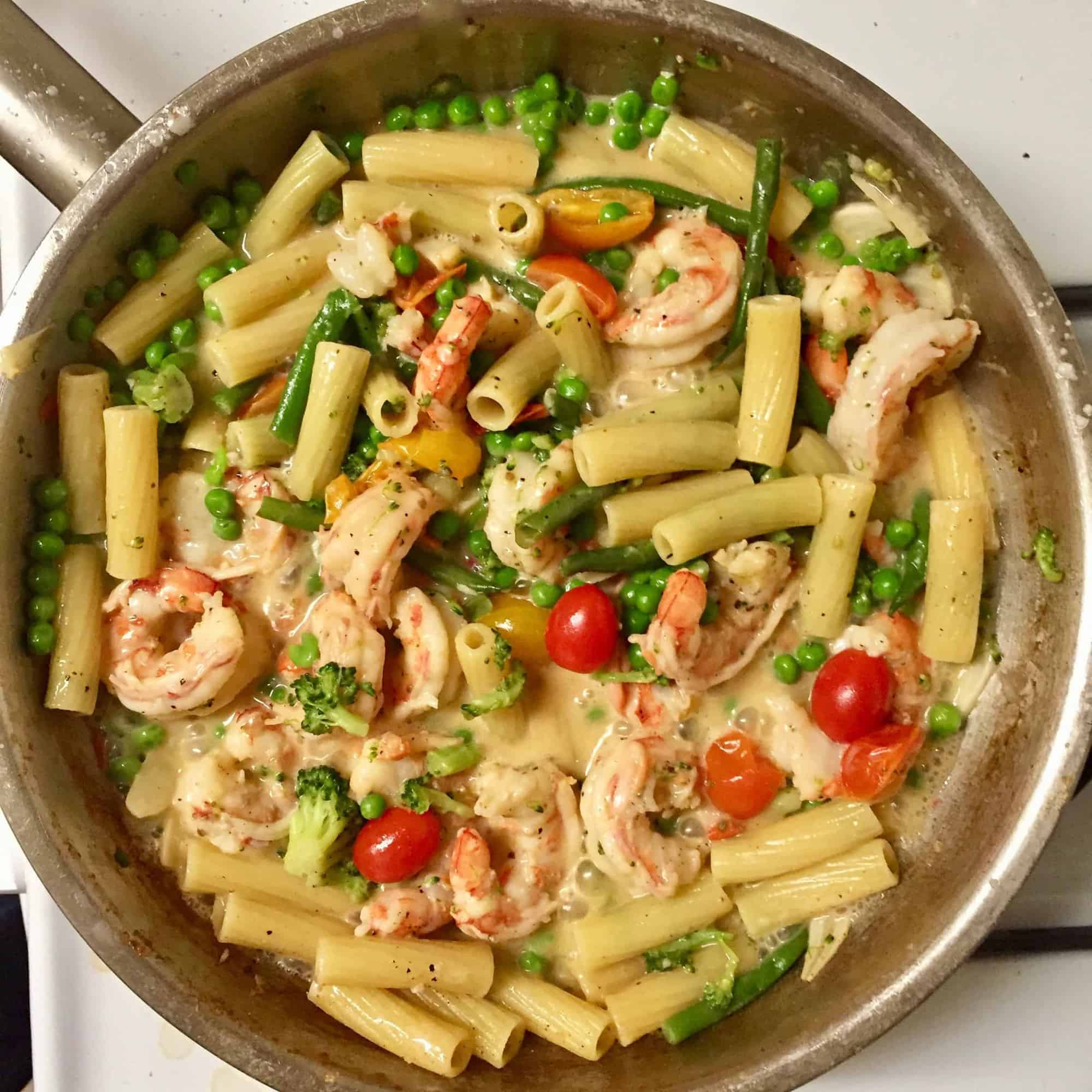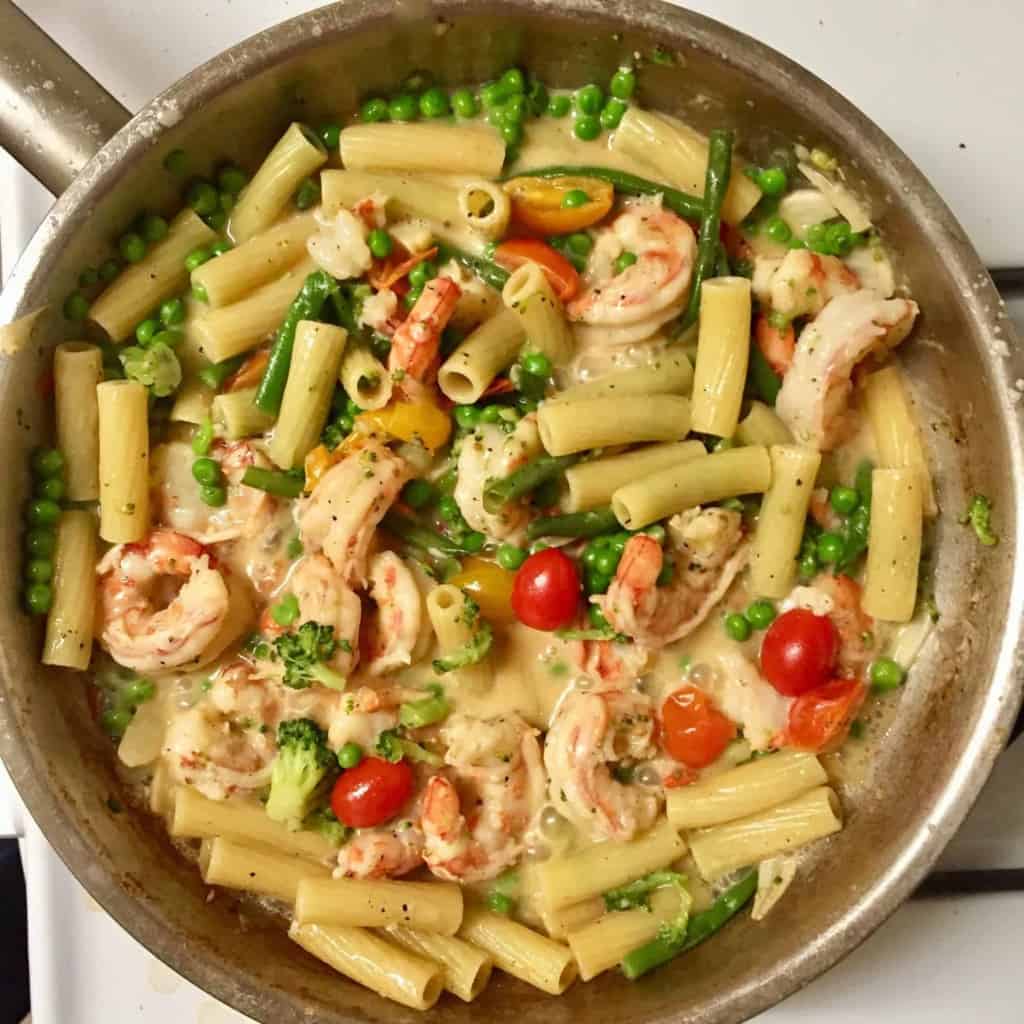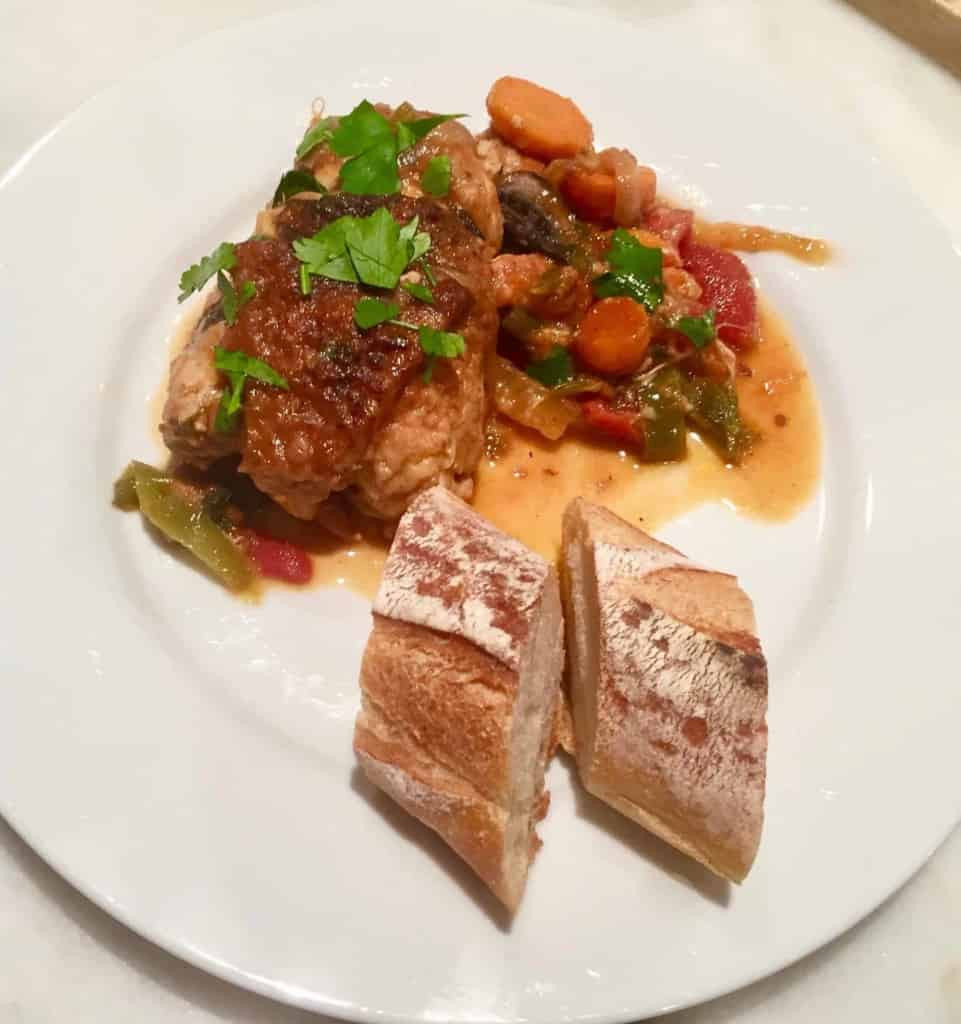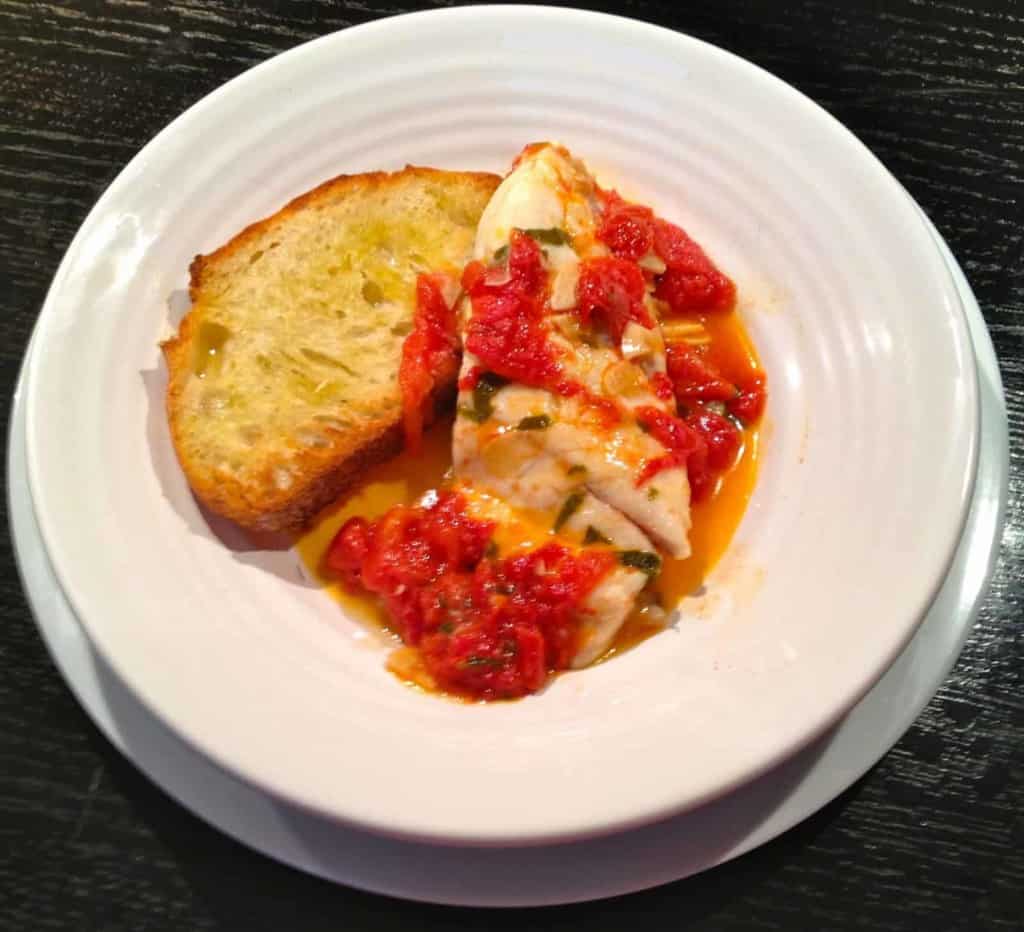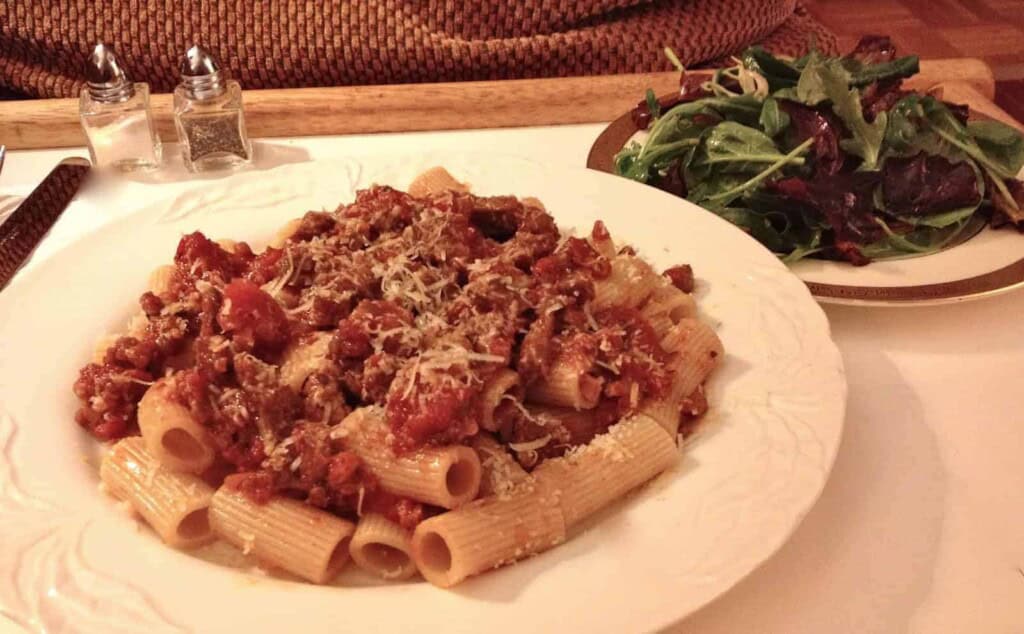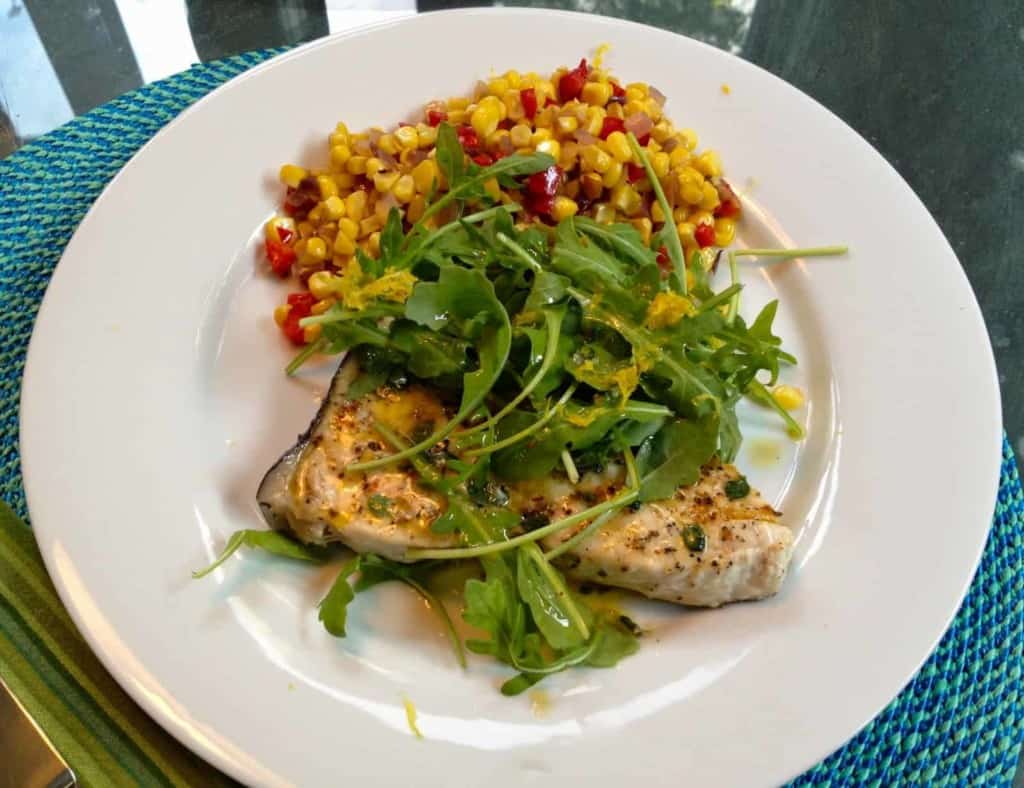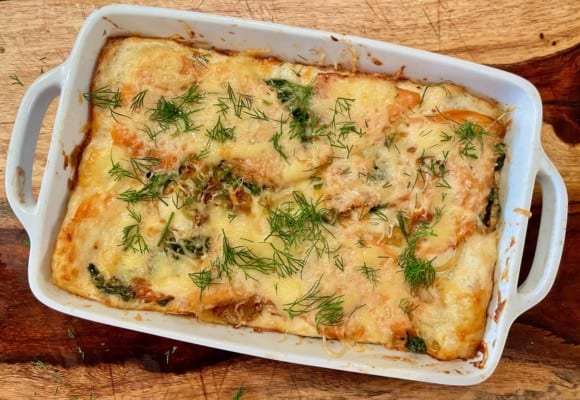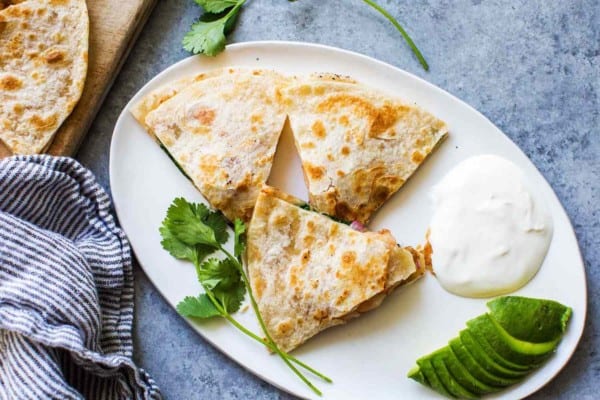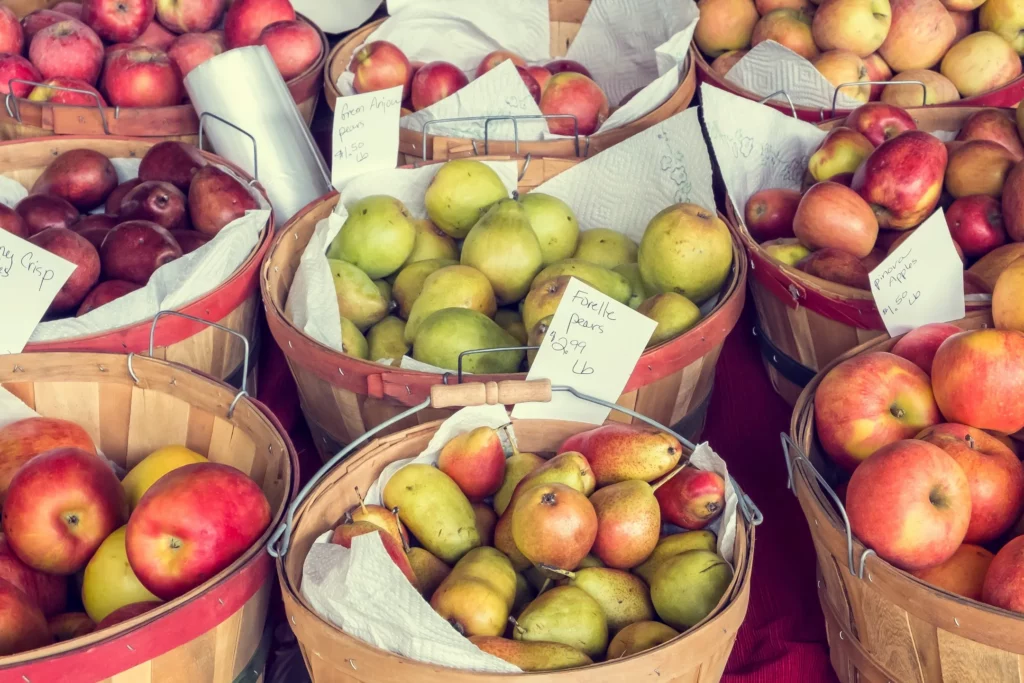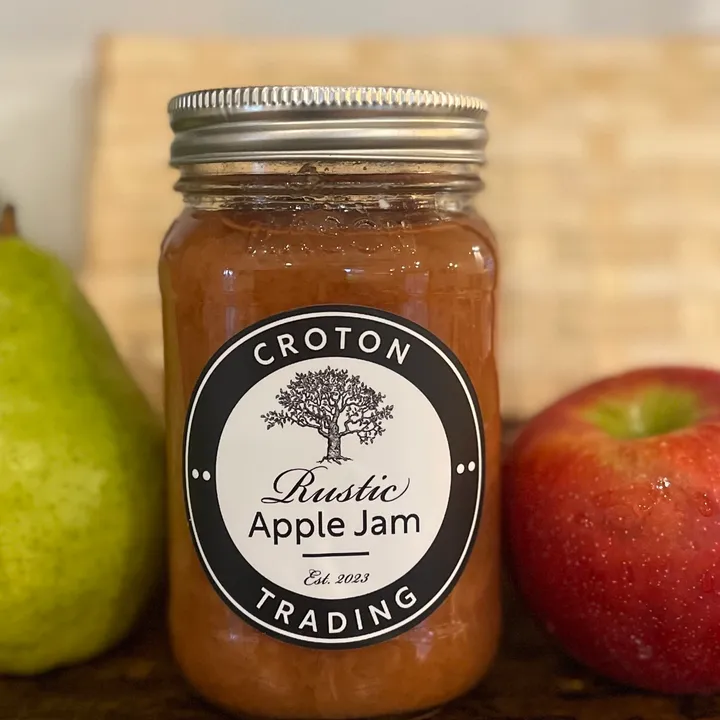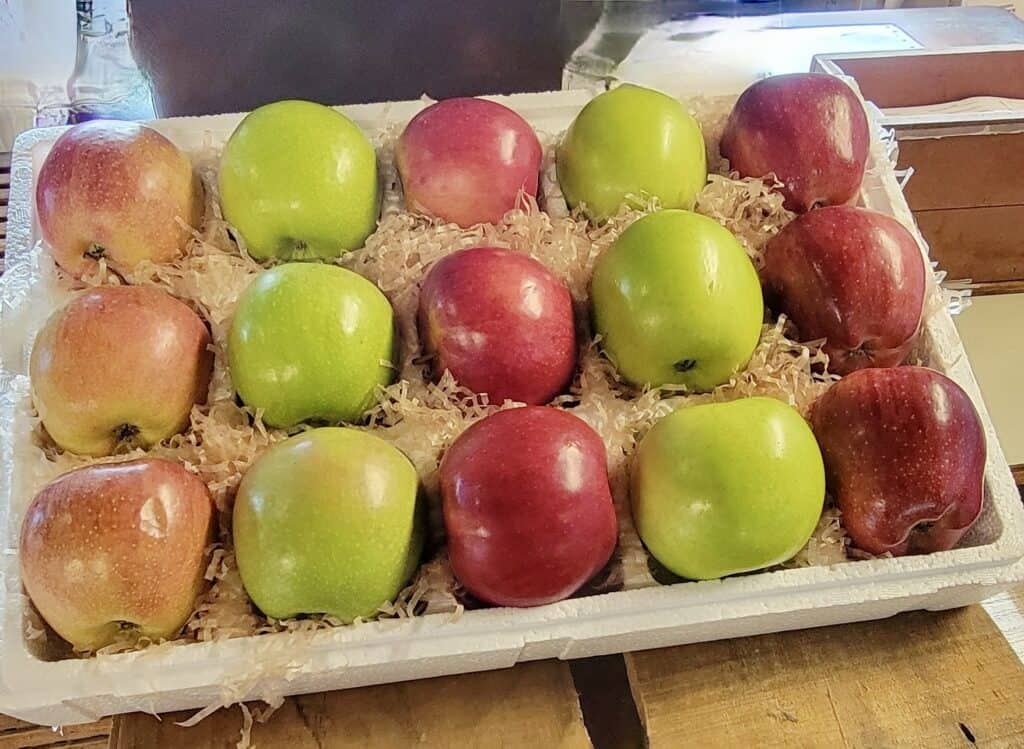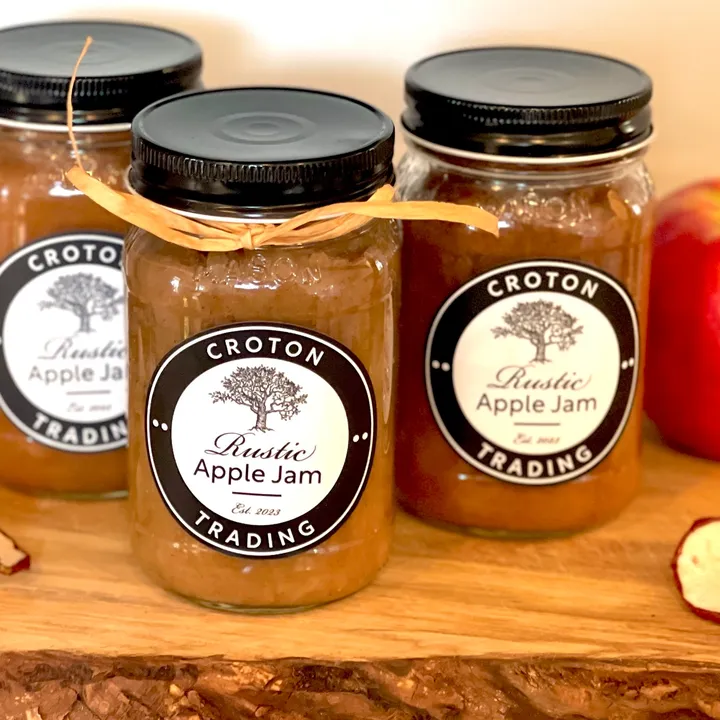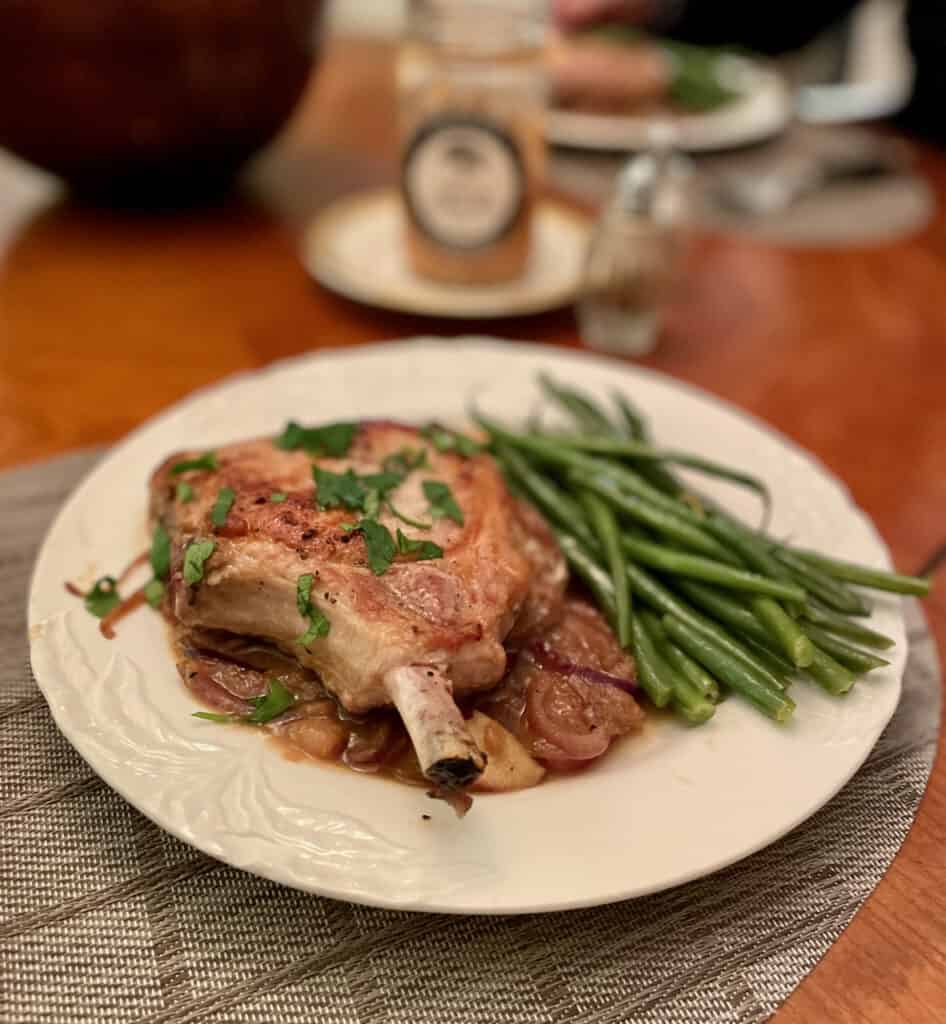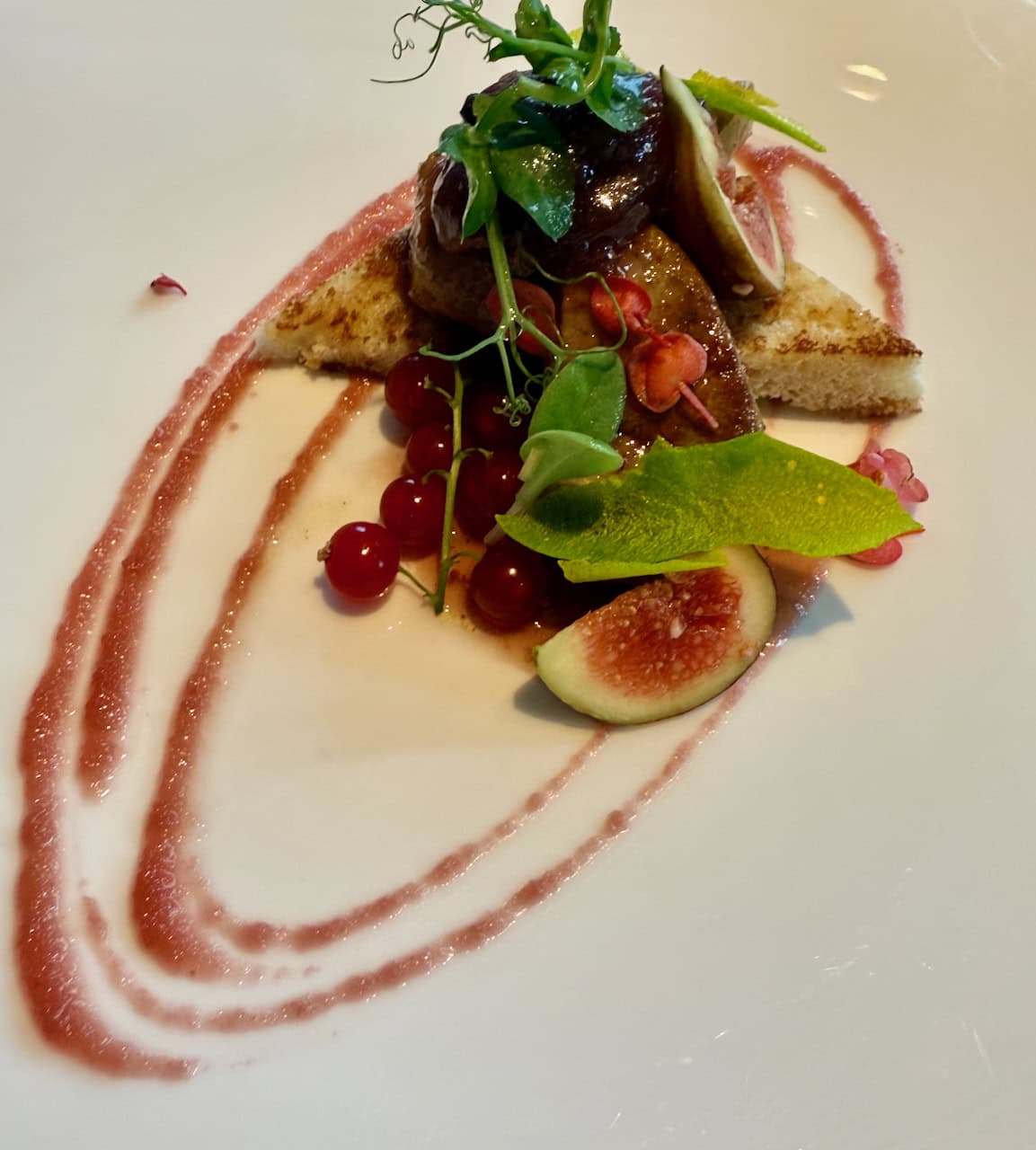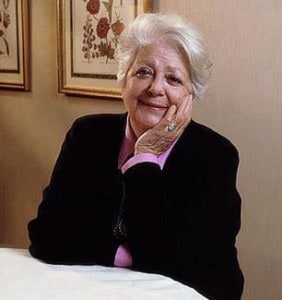
Celebrate Marcella Hazan’s 100th Birthday with a Treasury of her recipes and tips.
April 15th would have been Marchella Hazan’s 100th Birthday. And what a celebration that would have been on Chewing The Fat! I was traveling and missed toasting Marcella Hazan, a woman who did so much for me. Marcella was considered the Doyenne of Italian Cuisine. She was on an equal footing with Julia Child and what she did for French Cooking in this country. Marcella is credited with introducing traditional Italian cuisine to both American and British audiences. And she was my friend. Say what you will about Facebook, but that is where I met her. And that is where she answered every question I asked her about Italian Cooking. Click on any one of the links to these 5 recipes and there she is—if not having created the recipe, or having it created in her honor, or contributing to it, or commenting on it—every time I asked. She was endlessly selfless and kind to someone she had only known on Facebook.
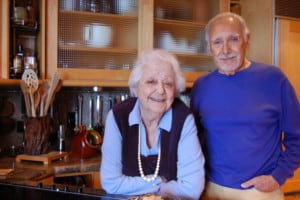
Who was Marcella Hazan?
She was born Marcella Polini on April 15th, 1924 in Emilia-Romagna, the province that is arguably considered the cradle of Italian cuisine. She earned double undergraduate degrees in Science. Before her marriage to Italian-born, New York-raised Victor Hazan she had never cooked. As she explained in her 1997 “Marcella Cucina” (Harper Collins), when she moved to New York, “there I was, having to feed and young, hard-working husband…In Italy…my mother cooked, my father cooked, both of my grandmothers cooked and even the farm girls who came in to clean would cook. In…my New York apartment there was no one.” She first used cookbooks from Italy but discovered she had clear memories of food at home and that she could reproduce these dishes herself. She began giving cooking lessons in her apartment and opened her “School of Classic Italian Cooking” in 1969. She started writing cookbooks in Italian and Victor translated them.
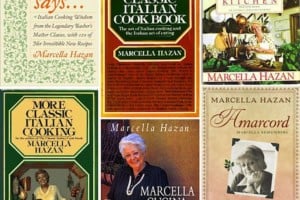
Marcella’s timeless techniques are worth knowing. Here are the most prominent of them:
1. Choose vegetables that are in season and plan the entire meal around them. Cook them until they are tender, but not mushy so that they have a rich flavor.
2. When sautéing onions, put them in a cold pan with oil and heat them gently; they will release their flavor gradually and give them a mellower taste than starting them in a hot pan.
3. Although some types of pasta, like tagliatelle, are best made fresh at home, others, like spaghetti, should be bought dried. Pasta should be matched carefully to sauce.
4. Olive Oil isn’t always the best choice for frying; in delicately flavored dishes, a combination of butter and vegetable oil should be used.
5. Garlic Presses should be avoided at all costs.
Here are our 5 Recipes, each and every one of them touched by Marcella Hazan. Click on the name of the dish and go straight to the recipe.
Spring Pasta Primavera with Pink Shrimp
Chicken Cacciatore Summer Style
Fish in Crazy Water
Marcella Hazan’s Pasta with Abruzzi Lamb
